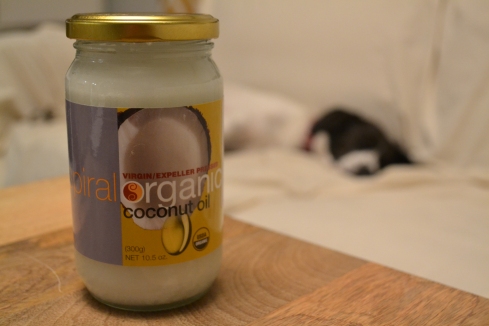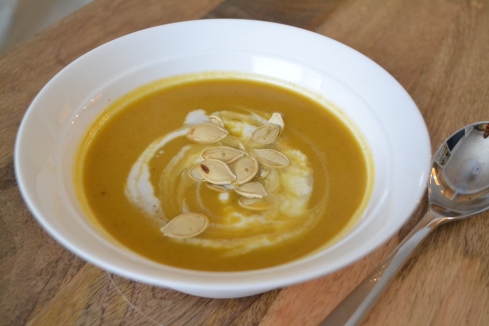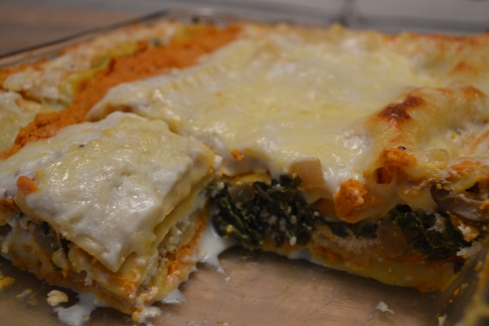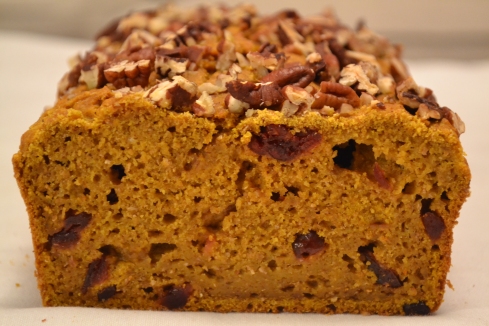Coconut oil is a controversial topic in the nutrition world. Supporters claim it can burn fat, boost your metabolism, and help you lose weight. Skeptics say it’s high in saturated fat and may promote heart disease. So who should we believe?
Without delving too deep into the scientific literature, the health effects of coconut oil can be grouped into three different categories: body weight, heart disease, and inflammation.
Body weight. The predominant fat in coconut oil is thought to be medium-chain triglycerides (MCTs), a type of fat that gets metabolized differently (and more efficiently) than more common dietary fats. In actuality, the chemical composition of coconut oil is markedly different from MCT oils; therefore, results from studies using MCT oils cannot be extrapolated to coconut oil. A couple of small studies suggests that coconut oil may modestly decrease waist circumference in overweight adults, but has no effect on fat mass.
Heart disease. Coconut oil is 92% saturated fat. Historically, foods high in saturated fat were discouraged due to their ability to raise blood cholesterol levels, which in turn was thought to increase heart disease risk. Newer research suggests that the link between dietary saturated fat (animal fats, tropical oils) and heart disease is not as strong as once thought. Some systematic reviews do not support a relationship between saturated fat and heart disease, while others have found that replacing saturated fat with mono- and polyunsaturated fats can reduce heart disease risk. Research looking at coconut oil specifically has found that blood levels of LDL (bad) cholesterol and HDL (good) cholesterol both increase following regular coconut oil consumption. Longer term studies looking at the relationship between coconut oil and heart disease are required.
Inflammation. The polyphenols found in virgin coconut oil (very different from refined coconut oil) may act as antioxidants in the body and help fight inflammation; however, studies are few and far between. Claims that coconut oil will help in the treatment of inflammatory bowel diseases, Alzheimer’s disease, and other ailments require more research before recommendations can be made.
So what’s my take on the coconut oil debate? Too much of any kind of fat will lead to weight gain, since fat is the most energy-dense of all macronutrients at 9 calories per gram (compared to 4 calories per gram of protein or carbohydrate). Use coconut oil in moderation to add flavour to dishes, but stick to monounsaturated fats (olive oil) and polyunsaturated fats (preferably those with a higher omega-3 to omega-6 ratio, such as canola or safflower oil) for day-to-day cooking. And aim to get your polyphenols from sources such as fruits and vegetables, green and black teas, coffee, and extra-virgin olive oil.

As a huge fan of coconut-flavoured everything, I’ve always been intrigued by the prospect of using coconut oil in cooking. People say it lends a nutty, sweet aroma that is perfect for curries and roasted vegetables like yams and carrots. Yet I’ve never been able to bring myself to purchase a jar. Just looking at the white, solid-at-room-temperature, lard-resembling fat makes my arteries cringe—and yes, I realize there is insufficient scientific evidence to support these irrational thoughts. So when I received a jar as a gift from my aunt, I was eager to experiment.
Sifting through a pile of old recipes, I came across a simple pumpkin and coconut soup. The directions were a bit vague, and I realized some steps were left out, so I was naturally skeptical. But soup is pretty hard to mess up, and I had a sugar pumpkin sitting on my counter waiting to be used.

The recipe calls for a whole sugar pumpkin (not to be mistaken with carving pumpkins which are NOT ideal for eating due to their bland, fibrous flesh) but if you’re in a bind, you could try buttercup squash. Roasting the pumpkin adds depth that you’re unlikely to get from canned or boiled pumpkin, so don’t skip this step. It’s worth the extra effort.
The coconut flavour was IN-YOUR-FACE (in a good way!). It was a nice contrast from dishes that call for coconut milk alone, where the coconut flavour can be mild and almost undetectable. The spice combination of cumin, chili powder and cinnamon together with the sweetness of the roasted pumpkin paired beautifully with coconut. A wonderful autumn soup to keep you warm during the cold months ahead.

Pumpkin and Coconut Soup
(source unknown)
1 tbsp virgin coconut oil
1 medium onion, chopped
1 sugar pumpkin
1/2 tsp cumin
1/2 tsp chili powder
1/2 tsp cinnamon
Pinch of nutmeg
1/8 to 1/4 tsp chili flakes (optional)
3 to 4 cups water
1 tbsp fresh lime juice
1 cup light coconut milk
Salt and pepper to taste (approx 1/4 tsp salt worked for me)
- Preheat oven to 400 degrees Fahrenheit. Quarter pumpkin, scoop out seeds (reserve for roasting if you wish!), and place cut-side down on a baking sheet lined with aluminum foil that has been lightly oiled. Bake for 30 to 40 minutes, until flesh is soft. Allow to cool slightly, then scoop out the flesh into a medium bowl when pumpkin is cool enough to handle. You should have approximately 3 cups.
- In a large saucepan, heat coconut oil over medium-high heat. Add onion and cook, stirring frequently, until soft and translucent, approximately 5 minutes.
- Add cumin, chili powder, cinnamon, nutmeg, and chili flakes (if using). Cook, stirring, for one minute or until fragrant.
- Add pumpkin and 3 cups of water, and stir to combine. Using an immersion blender, puree soup ensuring no pieces of onion remain. Bring to a boil, then reduce heat to medium-low and simmer for 5 minutes, stirring frequently. If the consistency is too thick, add additional water.
- Remove from heat, add lime juice and coconut milk, and stir to combine. Add salt and pepper to taste.
Makes 4 servings. Per 1-1/2 cup serving: 170kcal, 8 g fat (6 g saturated), 26 g carbohydrates (8 g fibre), 4 g protein, 165 mg sodium
Tags: coconut, coconut milk, pumpkin, soup, vegan

















